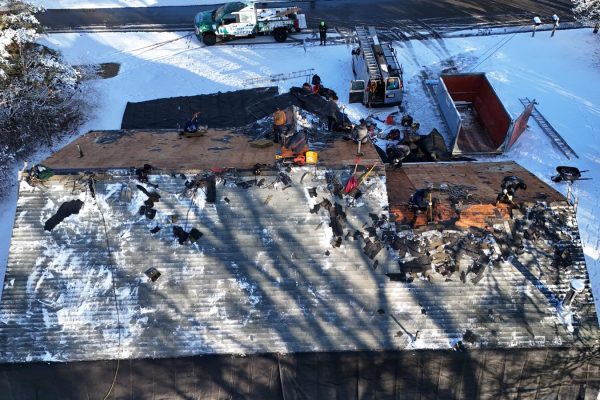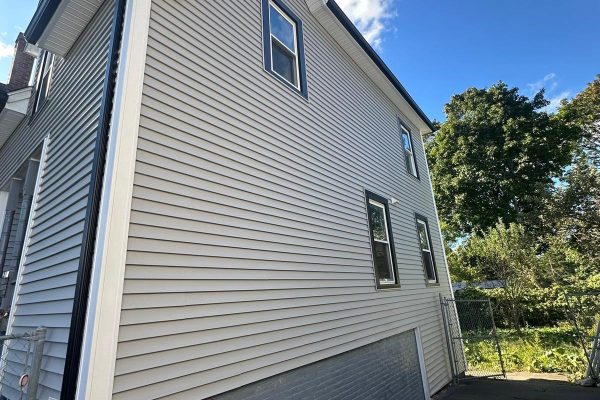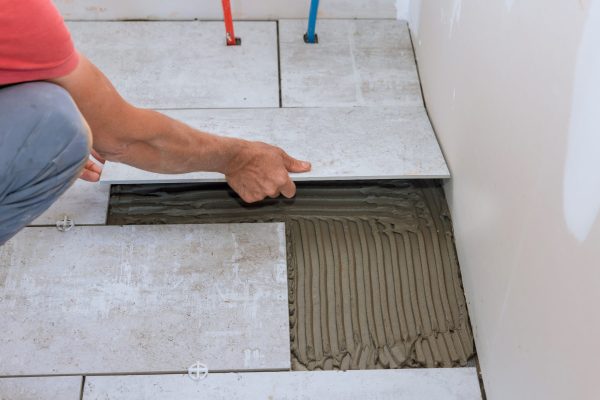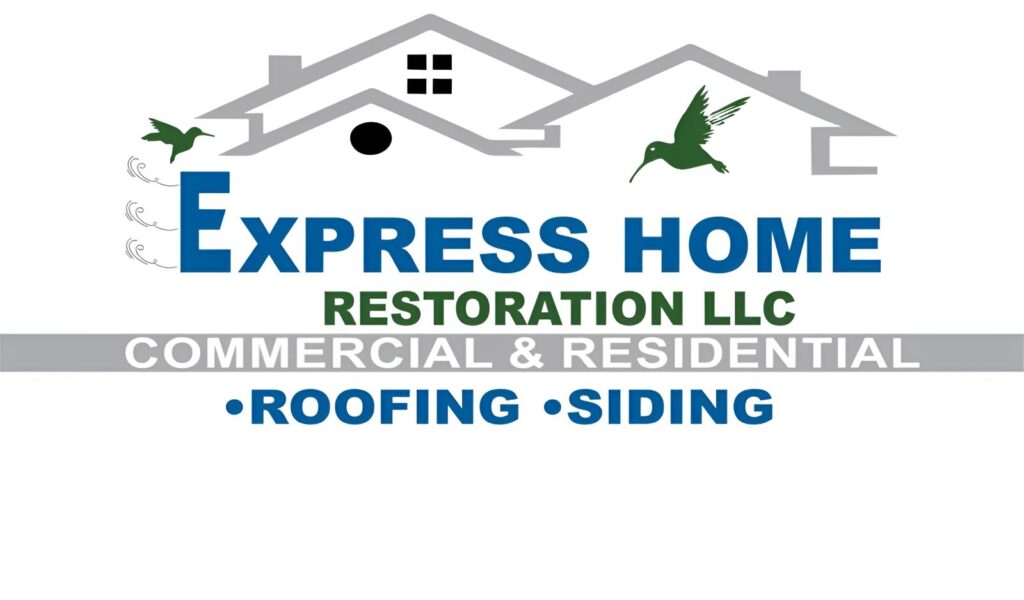1. Consider Your Lifestyle and Needs
The first step in choosing the right flooring is to think about your lifestyle and how the space will be used. Some types of flooring are better suited for high-traffic areas, while others are perfect for quiet spaces or rooms with low foot traffic.
Questions to ask yourself:
How often will the floor be used? High-traffic areas like hallways, kitchens, and living rooms require flooring that is durable and easy to maintain.
Do you have pets or children? If so, you’ll need flooring that is scratch-resistant, stain-resistant, and easy to clean.
What is your long-term plan for the space? If you're remodeling for the long-term, consider the overall durability and maintenance requirements of different flooring options.
2. Think About Durability
When investing in flooring, it’s important to choose a material that will stand the test of time, especially in high-traffic or moisture-prone areas. Durability is key, not only for the aesthetic value but also for your long-term investment.
Best flooring options for durability:
Hardwood: Hardwood floors are long-lasting and can be refinished multiple times to restore their beauty.
Vinyl: Luxury vinyl planks (LVP) and tiles (LVT) are incredibly durable and can mimic the look of natural wood or stone, making them an excellent option for high-traffic areas.
Tile: Ceramic and porcelain tiles are highly durable and water-resistant, making them perfect for kitchens, bathrooms, and laundry rooms.
Laminate: Laminate flooring is scratch-resistant and offers great durability at a more affordable price point.
3. Assess the Moisture Levels in Your Home
Certain areas of your home are more susceptible to moisture, such as kitchens, bathrooms, basements, and laundry rooms. Choosing the wrong flooring in these areas can lead to warping, mold, and mildew. It’s essential to select flooring that is water-resistant or waterproof for these high-moisture spaces.
Water-resistant flooring options:
Tile: Ceramic and porcelain tiles are ideal for wet areas, as they are non-porous and easy to clean.
Vinyl: Waterproof vinyl plank (WPC) or tile (SPC) flooring is perfect for areas like bathrooms and kitchens due to its water resistance.
Engineered Hardwood: While solid hardwood isn’t ideal for high-moisture areas, engineered hardwood is more moisture-resistant and can be a good option for areas with light moisture exposure.
4. Think About Aesthetic and Design
The flooring you choose will set the tone for the rest of the room and should complement your overall design vision. Whether you prefer a traditional, modern, or rustic look, the right flooring can enhance your home’s aesthetic and bring your design ideas to life.
Popular flooring design trends:
Wood-look floors: Hardwood, engineered wood, and vinyl plank flooring can provide the warmth and beauty of wood without the high cost.
Bold patterns: Tile and carpet offer opportunities for bold patterns and colors that can add personality to your space.
Neutral tones: Lighter shades like grays, beige, and whites work well in almost any room, offering a timeless look that’s easy to pair with various décor styles.
5. Budget Considerations
Budget plays an important role when choosing flooring for your home. While some materials may have a higher upfront cost, they could save you money in the long run by offering durability and requiring less maintenance.
Flooring options for different budgets:
Budget-Friendly: Laminate, vinyl, and carpet are some of the most affordable options available and can still offer great performance.
Mid-Range: Engineered hardwood, tile, and luxury vinyl offer a balance of quality, style, and cost-effectiveness.
High-End: Solid hardwood, marble, and natural stone tiles are premium options that add luxury and long-term value to your home.
Remember to factor in the cost of installation, maintenance, and any additional materials needed, such as underlayment or adhesives.
6. Consider Maintenance Requirements
Each flooring material requires a different level of maintenance. Consider how much time you’re willing to dedicate to cleaning and maintaining your floors, and choose an option that fits your lifestyle.
Low-maintenance flooring options:
Vinyl: Luxury vinyl and sheet vinyl are incredibly easy to clean and maintain with minimal effort.
Tile: Tile is low-maintenance, as it’s easy to wipe clean and resistant to staining.
Laminate: Laminate floors are easy to clean, requiring only occasional sweeping and mopping.
Higher-maintenance flooring options:
Hardwood: While hardwood floors are beautiful, they require more attention to keep them looking their best, such as refinishing and protecting against scratches.
Carpet: Carpet requires regular cleaning and occasional deep cleaning to maintain its appearance.
7. Installation and Professional Help
Consider whether you want to handle the installation yourself or hire professionals. While some flooring options like vinyl and laminate can be installed as DIY projects, other materials like hardwood, tile, and natural stone may require professional installation to ensure proper fit and finish.
Why professional installation matters:
Expertise: Professional installers have the experience and tools to properly install complex materials like hardwood, tile, or stone.
Proper alignment: Professionals can ensure your flooring is aligned correctly, preventing issues with expansion, contraction, or misalignment.
Warranty protection: Many manufacturers require professional installation for the warranty to remain valid.
Flooring Options to Consider
Here’s a quick overview of popular flooring materials and their benefits:
Hardwood: Timeless, durable, and elegant. Great for living rooms, dining rooms, and bedrooms.
Vinyl Plank/Tiles: Waterproof, budget-friendly, and versatile. Perfect for kitchens, bathrooms, and basements.
Tile: Durable, water-resistant, and easy to clean. Ideal for kitchens, bathrooms, and entryways.
Laminate: Affordable, durable, and scratch-resistant. Works well in high-traffic areas.
Carpet: Soft, warm, and comfortable. Ideal for bedrooms, living rooms, and areas with low moisture.
Engineered Hardwood: More affordable than solid hardwood and resistant to moisture. Great for living areas and basements.



